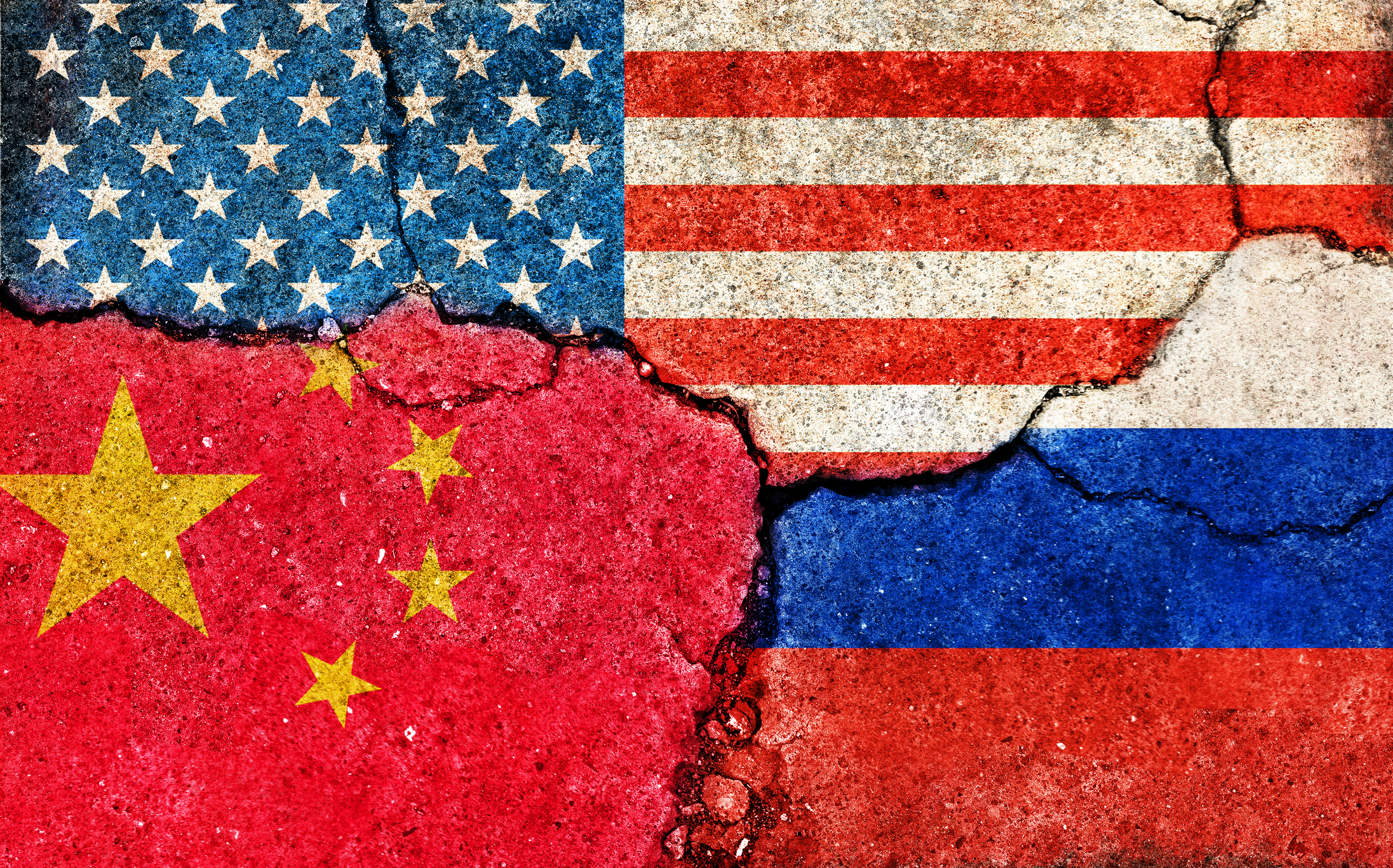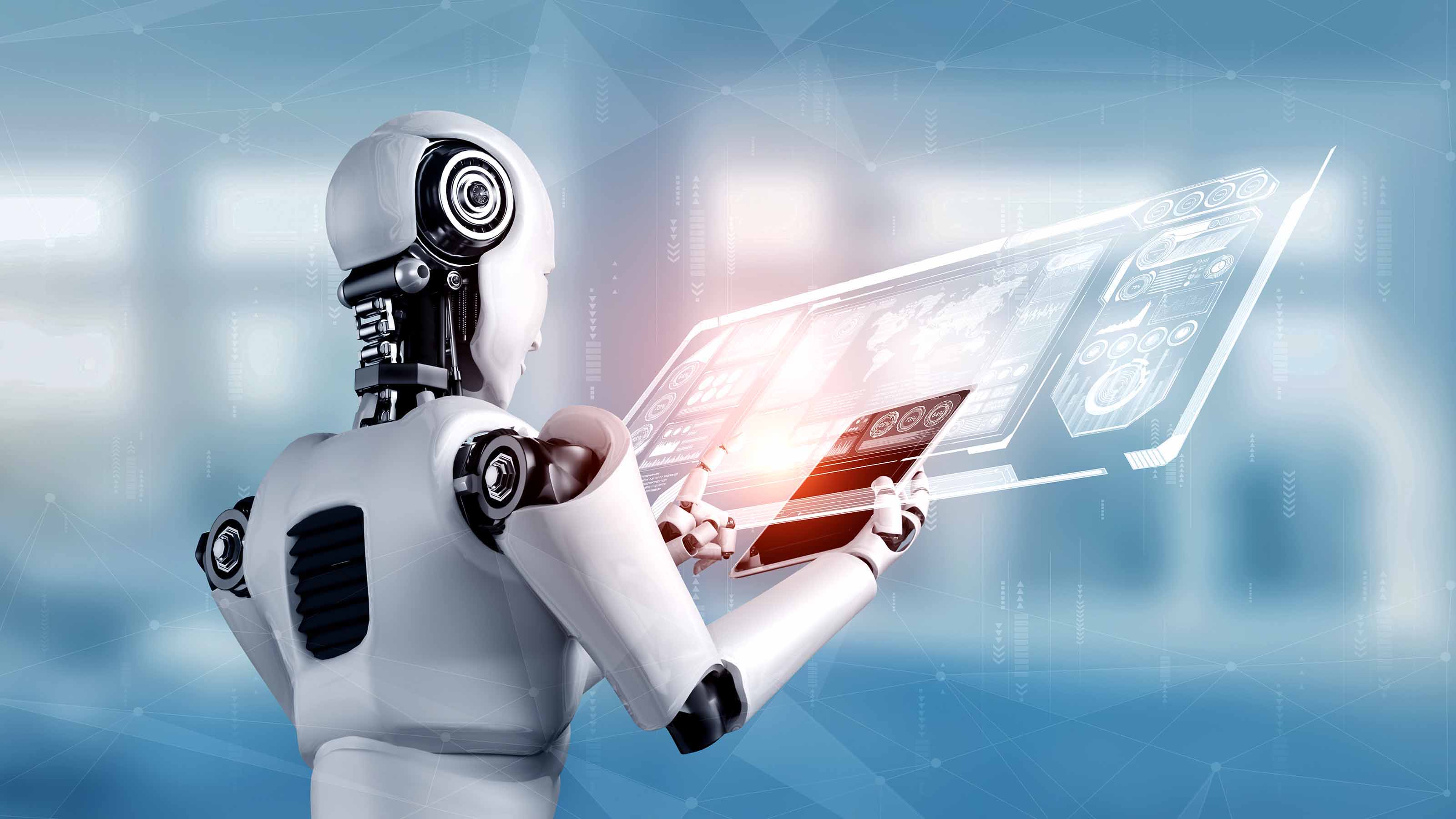Unleashing the Chinese Consumer
By the next decade, look for Chinese shoppers to drive up consumption for American items: food, financial services and more.

As China’s economy matures, moving from the export-led growth of the past 35 years to an economy in which consumers drive growth, the whole world will feel the shift. Global production and trade patterns will realign, bringing both new challenges and new opportunities.
SEE ALSO: 8 Keys to Picking Winning Emerging Markets
The process won’t be quick -- decades, rather than years. There’s enormous potential for economic growth in unleashing China’s billions of consumers, but a long way to go to before they’ll play anything like the role U.S. consumers play in the American economy. Household consumption now accounts for only a third of China’s GDP. In the U.S., it makes up more than two-thirds of GDP.
And it will take some bold policy moves from Beijing just to get the process started: Tax changes to spread the wealth and boost incomes. Financial and possibly even social welfare reforms to encourage more spending and less cash hoarding. (Chinese households usually squirrel away 30%-40% of their income for old age and medical expenses, much of it under the mattress or in bank deposits with low, government-set interest rates.) And more.

Sign up for Kiplinger’s Free E-Newsletters
Profit and prosper with the best of expert advice on investing, taxes, retirement, personal finance and more - straight to your e-mail.
Profit and prosper with the best of expert advice - straight to your e-mail.
“Much of this is in the realm of possibility so far,” says China expert Nicholas Lardy of the Peterson Institute for International Economics. “They’ve talked about policy changes but not yet actually done much.”
But by 2020, a noticeable change is likely. Even now, there are signs. A new national minimum wage set for 2015 will help increase workers’ incomes. In fact, incomes are already being pushed higher by demand for labor. Taxes, fees and other constraints on small businesses are being eased. And China’s new leaders are tolerating, if not orchestrating, slower growth -- making clear their willingness to pay the price of shifting to a consumer-led economy.
For the U.S., the coming transformation offers tremendous opportunities, as 1.3 billion Chinese consumers become increasingly willing and able to buy more. Among industries poised to benefit:
- Food and agriculture. Demand for imports of meat and poultry, in particular, will soar, along with feedstuffs, processing equipment and expertise needed to raise more livestock domestically.
- Environmental equipment, as China seeks to clean up its polluted air, land and water.
- Financial services -- everything from credit card processing to insurance to mechanisms for investing.
- Other services, such as health care, education, tourism and transportation.
In addition, continued and rising demand for energy means demand for expertise in fracking natural gas deposits, for example, as well as for special drilling equipment, advanced coal-burning technologies, next-generation, high-tech nuclear reactors, etc.
At the same time, a move away from basic industries spells changes, too. China’s seemingly insatiable demand for some commodities will ease as basic, heavy manufacturing takes on a smaller role. That’s bad news for Chile, Brazil, Zambia and others that are heavily dependent on exporting commodities to the Asian giant.
There’s also the prospect of faster growth in other emerging economies -- Bangladesh, India, Indonesia and Vietnam, for example -- as more manufacturing shifts to them.
Get Kiplinger Today newsletter — free
Profit and prosper with the best of Kiplinger's advice on investing, taxes, retirement, personal finance and much more. Delivered daily. Enter your email in the box and click Sign Me Up.

-
 Stock Market Today: Great Power Affairs Mesmerize Markets
Stock Market Today: Great Power Affairs Mesmerize MarketsThe U.S. and China are at least talking about talking about tariffs, and investors, traders and speculators are showing a little less fear.
By David Dittman
-
 Is Walmart Plus Worth It?
Is Walmart Plus Worth It?There are tons of exciting Walmart Plus benefits – but are they worth the $98 annual fee?
By Rachael Green
-
 The Economic Impact of the US-China Trade War
The Economic Impact of the US-China Trade WarThe Letter The US-China trade war will impact US consumers and business. The decoupling process could be messy.
By David Payne
-
 AI Heads to Washington
AI Heads to WashingtonThe Kiplinger Letter There’s big opportunity for AI tools that analyze MRIs and other medical images. But also big challenges that clinicians and companies will have to overcome.
By John Miley
-
 The AI Doctor Coming to Read Your Test Results
The AI Doctor Coming to Read Your Test ResultsThe Kiplinger Letter There’s big opportunity for AI tools that analyze CAT scans, MRIs and other medical images. But there are also big challenges that human clinicians and tech companies will have to overcome.
By John Miley
-
 The New Space Age Takes Off
The New Space Age Takes OffThe Kiplinger Letter From fast broadband to SOS texting, space has never been more embedded in peoples’ lives. The future is even more exciting for rockets, satellites and emerging space tech.
By John Miley
-
 Rising AI Demand Stokes Undersea Investments
Rising AI Demand Stokes Undersea InvestmentsThe Kiplinger Letter As demand soars for AI, there’s a need to transport huge amounts of data across oceans. Tech giants have big plans for new submarine cables, including the longest ever.
By John Miley
-
 What DOGE is Doing Now
What DOGE is Doing NowThe Kiplinger Letter As Musk's DOGE pursues its ambitious agenda, uncertainty and legal challenges are mounting — causing frustration for Trump.
By Matthew Housiaux
-
 A Move Away From Free Trade
A Move Away From Free TradeThe Letter President Trump says long-term gain will be worth short-term pain, but the pain could be significant this year.
By David Payne
-
 Trump’s Whirlwind Month of Crypto Moves
Trump’s Whirlwind Month of Crypto MovesThe Kiplinger Letter The Trump administration wants to strengthen U.S. leadership in the cryptocurrency industry by providing regulatory clarity.
By Rodrigo Sermeño